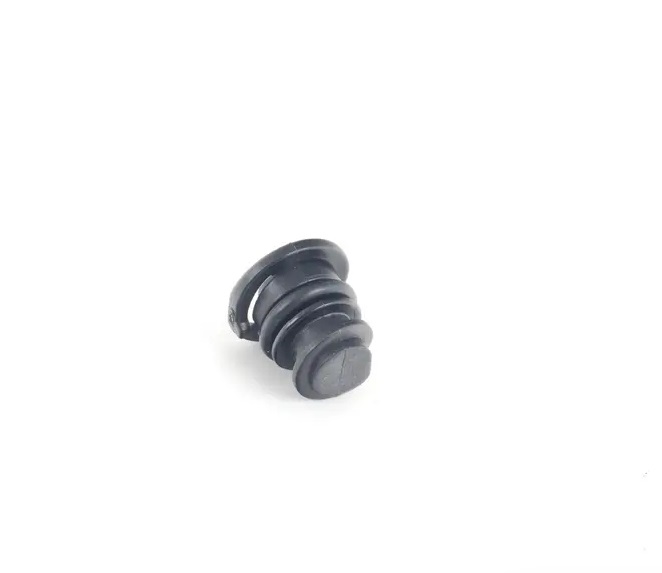rotary shaft lip seal
Understanding Rotary Shaft Lip Seals A Comprehensive Overview
Rotary shaft lip seals are essential components in various machinery and mechanical systems. These seals play a critical role in preventing fluid leaks, protecting internal components from contaminants, and ensuring the efficient operation of equipment. This article will delve into the functionality, design, applications, and maintenance aspects of rotary shaft lip seals.
What are Rotary Shaft Lip Seals?
Rotary shaft lip seals, often referred to simply as lip seals, are mechanical seals that are used to isolate fluids in rotary applications. They consist of a flexible lip that makes contact with a rotating shaft, creating a barrier that prevents the escape of lubricants and the intrusion of dirt and other contaminants. Typically made from elastomers or thermoplastics, these seals are designed to withstand varying temperatures, pressures, and chemical exposures.
Design and Construction
The basic design of a rotary shaft lip seal includes several key components
1. Seal Body This is the main structure of the seal, which holds the lip in place and provides mounting features. 2. Sealing Lip The most critical part, this lip is shaped to conform to the shaft, achieving a tight seal. It is designed to flex slightly against the shaft to accommodate any slight movement or vibration.
3. Spring Many lip seals include a spring that exerts a constant force on the sealing lip, ensuring that it maintains contact with the shaft. This is particularly important in applications where there may be variations in pressure or shaft movement.
4. Backup Ring In some designs, a backup ring is used to provide additional support and reduce wear on the seal.
The materials used for the lip seal are chosen based on the specific application requirements, including temperature, chemical compatibility, and operational conditions. Common materials include nitrile rubber (NBR), fluorinated rubber (FKM), and silicone, among others.
Applications of Rotary Shaft Lip Seals
Rotary shaft lip seals are employed in a wide range of applications across various industries. Some common uses include
rotary shaft lip seal

- Automotive They are found in engines, transmissions, and differentials, preventing oil leaks and keeping contaminants out. - Industrial Machinery Used in pumps, motors, and gearboxes, these seals help maintain lubrication and protect internal components.
- Aerospace In aircraft systems, rotary shaft seals ensure that critical fluids are contained and protected from external environmental factors.
- Home Appliances Many household devices, such as washing machines and refrigerators, utilize lip seals to prevent leaks and ensure efficient operation.
Importance of Proper Maintenance
To ensure the longevity and effectiveness of rotary shaft lip seals, regular maintenance is crucial. Here are some tips for maintaining seals
1. Regular Inspections Inspect seals for signs of wear, damage, or leakage. Early detection of issues can prevent more significant failures.
2. Correct Installation Proper installation is vital for seal performance. Misalignment or improper seating can lead to premature failure.
3. Lubrication While lip seals are designed to contain lubricants, ensuring that the lubricant is appropriate for the seal material and the application can enhance performance and lifespan.
4. Temperature Control Monitor operating temperatures, as excessive heat can degrade seal materials, leading to failure.
5. Contaminant Control Keeping contaminants such as dirt and debris away from the sealing area will prolong the seal's life and maintain system integrity.
Conclusion
Rotary shaft lip seals are indispensable in many mechanical applications, providing reliable sealing solutions that enhance performance and longevity. Understanding their design, functionality, and maintenance can lead to better decision-making regarding equipment design and maintenance practices. As technology advances, we can expect continued improvements in lip seal materials and designs, further enhancing their efficiency and reliability across various industries.
-
The Ultimate Guide to Boat Propeller Bearings and Trailer Wheel Bearings
News Jul.31,2025
-
The Essential Guide to Marine Bearings and Boat Trailer Wheel Bearings
News Jul.31,2025
-
The Complete Guide to Heavy Duty Seals: Protecting Doors and Spaces Efficiently
News Jul.31,2025
-
Essential Guide to Marine Shaft Bearings and Boat Trailer Axle Bearings
News Jul.31,2025
-
Comprehensive Guide to Marine and Trailer Bearings for Safe Boating and Transport
News Jul.31,2025
-
Comprehensive Guide to Automotive Oil Seals: Protecting Your Engine and Shafts
News Jul.31,2025
-
Understanding Automotive Oil Seals: Essential Components for Engine and Shaft Protection
News Jul.30,2025
Products categories















